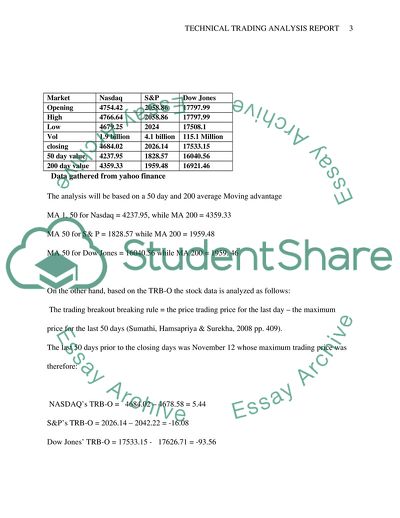Cite this document
(Evaluate the performance of any two technical trading rules Essay, n.d.)
Evaluate the performance of any two technical trading rules Essay. https://studentshare.org/finance-accounting/1853675-evaluate-the-performance-of-any-two-technical-trading-rules-quantitative-analysis
Evaluate the performance of any two technical trading rules Essay. https://studentshare.org/finance-accounting/1853675-evaluate-the-performance-of-any-two-technical-trading-rules-quantitative-analysis
(Evaluate the Performance of Any Two Technical Trading Rules Essay)
Evaluate the Performance of Any Two Technical Trading Rules Essay. https://studentshare.org/finance-accounting/1853675-evaluate-the-performance-of-any-two-technical-trading-rules-quantitative-analysis.
Evaluate the Performance of Any Two Technical Trading Rules Essay. https://studentshare.org/finance-accounting/1853675-evaluate-the-performance-of-any-two-technical-trading-rules-quantitative-analysis.
“Evaluate the Performance of Any Two Technical Trading Rules Essay”. https://studentshare.org/finance-accounting/1853675-evaluate-the-performance-of-any-two-technical-trading-rules-quantitative-analysis.


